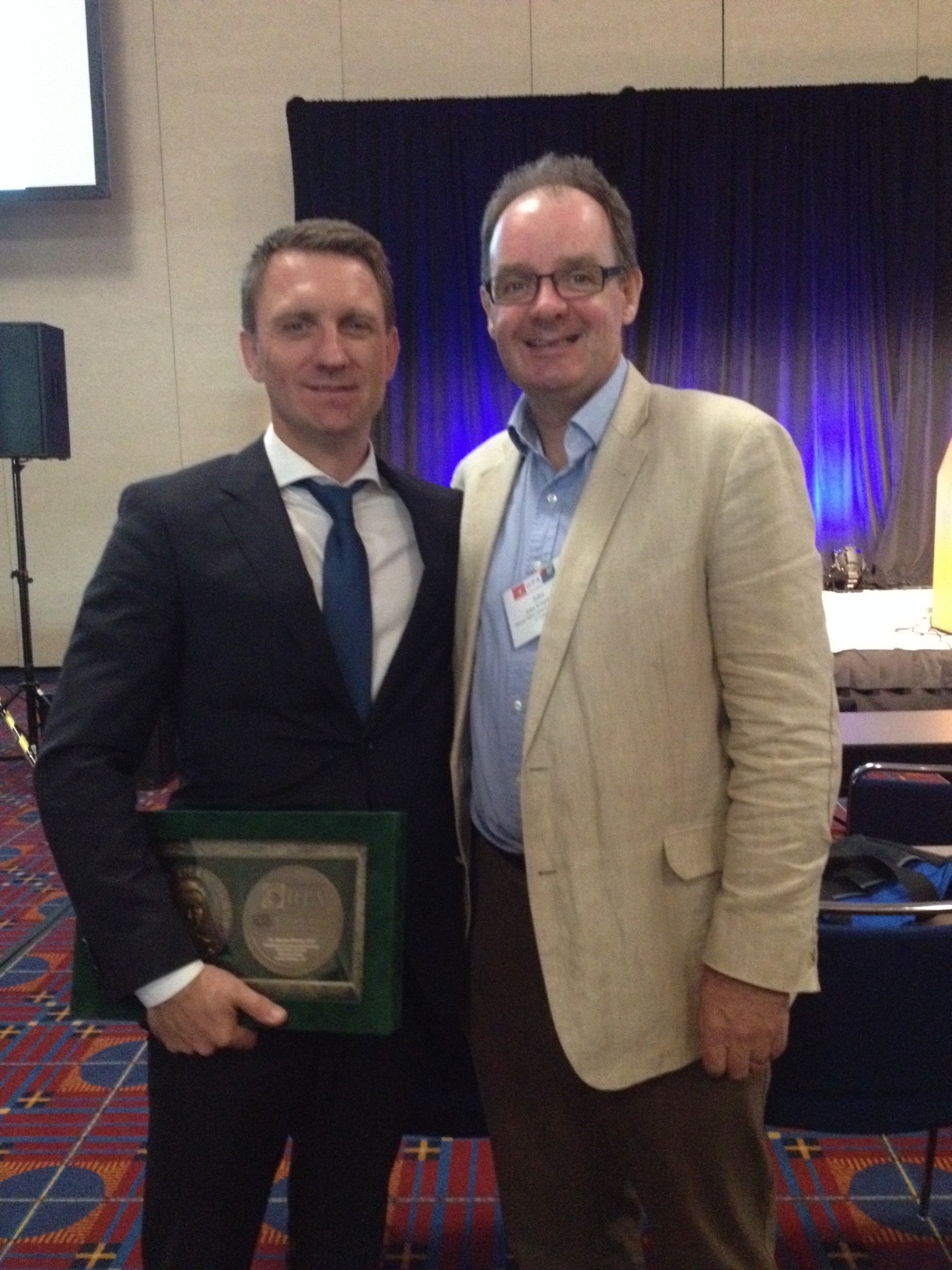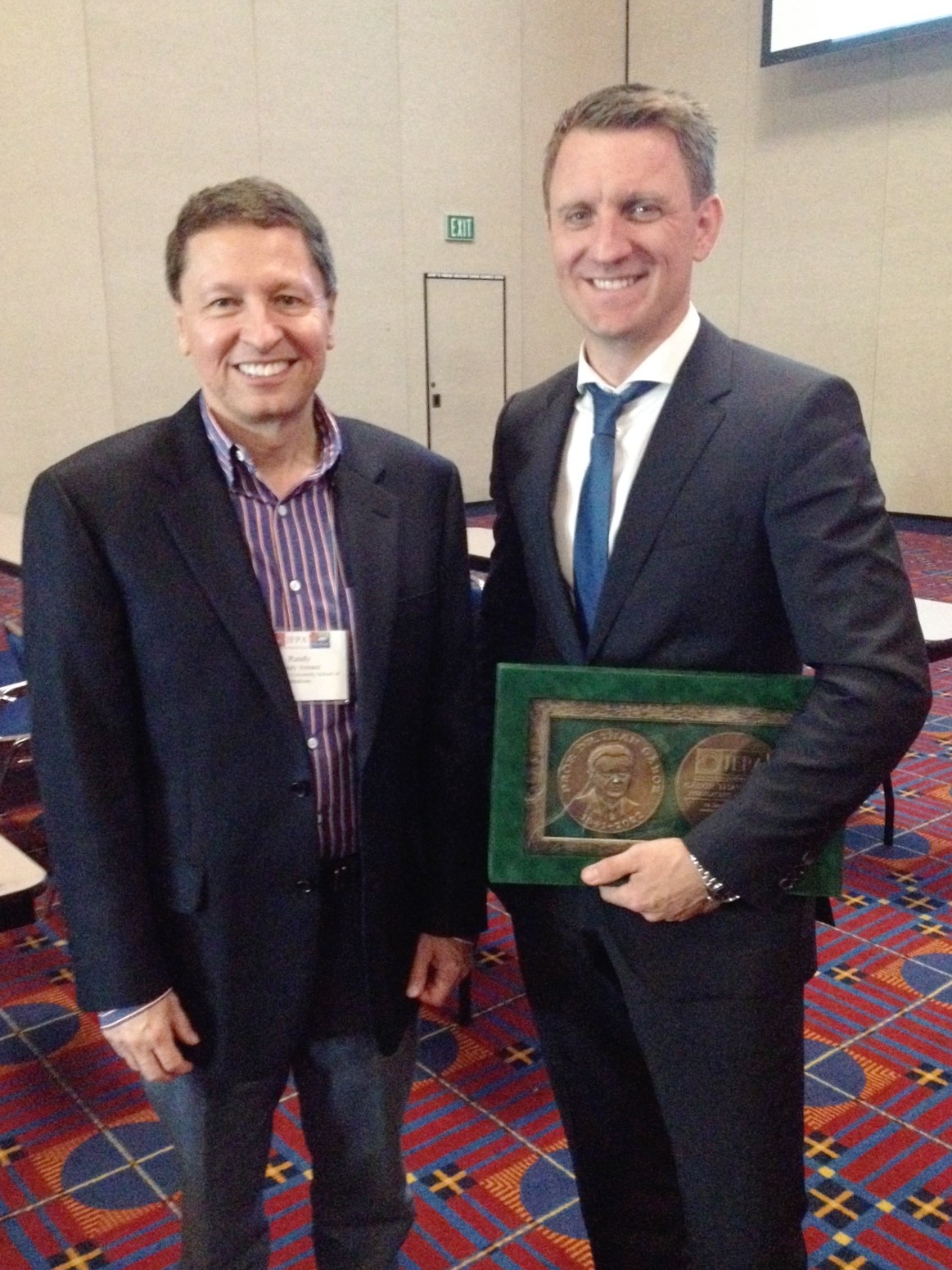September 13 - 16, 2016
Oregon Convention Center, Portland, Oregon
"Placenta: Back to the Basics"
The International Federation of Placenta Associations (IFPA) held its 2016 meeting in Portland, Oregon. IFPA is devoted to supporting and promoting excellence in the field of placental research throughout the world. The IFPA 2016 theme this year was "Placenta - Back to the Basics."
The prestigious Gábor Than Award has been awarded every other year in even years 2010, 2012, 2014 etc. The “ Gábor Than Award” in placentology acknowledges outstanding contributions to the field of placentology in all its aspects, including the relationship with fetus and mother to early career investigators who are normally within 10 years of their terminal degree.
The IFPA Gábor Than Award consists of prize money plus accommodation and registration for the next meeting and a bronze medal. The awardee will be invited to present a lecture during a plenary session of the same IFPA-designated meeting. The lecture will be published in "Trophoblast Research" following normal peer review procedures.
This year we presented in Portland past and current research developed in the Drewlo and Armant laboratories.
GABOR THAN AWARD PRESENTATION AND LECTURE
Quo Vadis, trophoblast? Exploring the new ways of an old cell lineage
by Sascha Drewlo, Ph.D., Wayne State University, Detroit MI, USA





